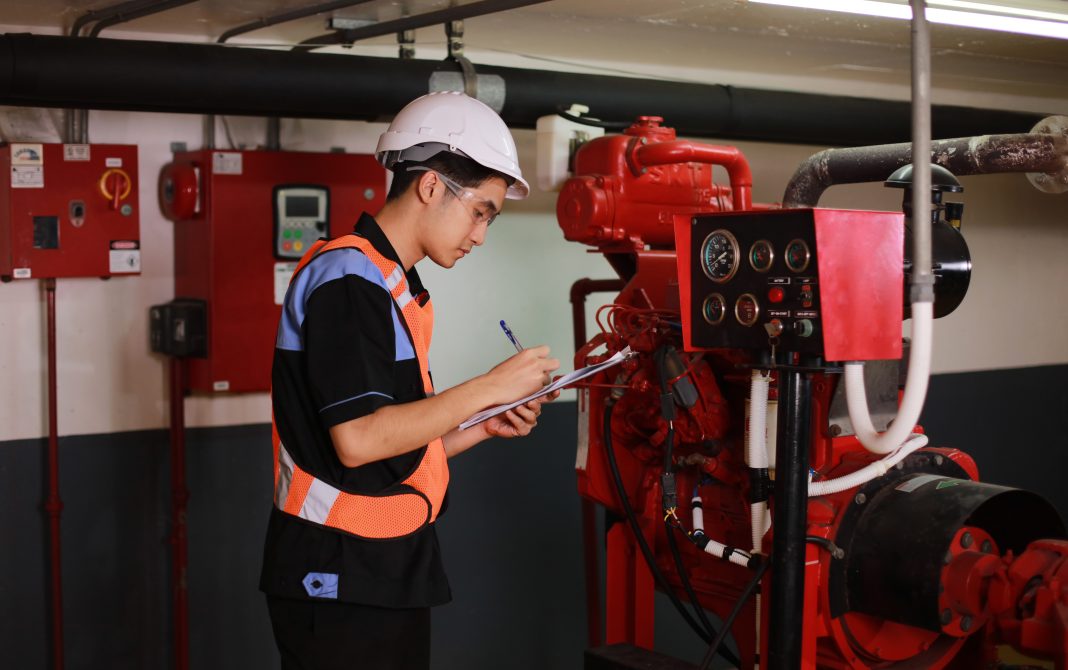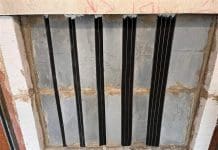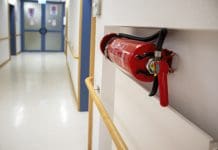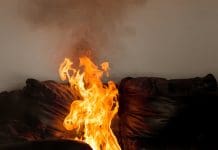Unclear information around Approved Document B (ADB) has led to less than a fifth of building control professionals feeling confident in their understanding of fire safety specifications
Grey areas and ambiguity around the fire safety specifications and guidance detailed within Approved Document B (ADB) is continuing to cause confusion for professionals across the construction industry.
As a result, 86% are woried about liability relating to specifying systems for fire safety, according to new research from Siniat, after a survey of over 200 construction professionals.
ADB requires that any assessment of fire resistance must use tested evidence
Changes to Approved Document B in 2019 outlined that products and systems for fire resistance should be tested to the latest EN standards and use that evidence in assessments.
ADB also requires that the testing be conducted by third parties and follow DIAP/EXAP, the EN standard for direct or extended application.
Less than half were familiar with fire safety specifications or the relevant documents
Despite the requirements, less than two in five (35.7%) of those working in building control knew that ADB contains the guidelines for fire safety building regulations.
A quarter (28%) were not familiar with the extended application standards that should be used to assess and classify systems for fire performance.
More collaboration and awareness is needed
Robert Cridford, technical manager at Siniat, said: “The updated guidelines in Approved Document B are more onerous than previous testing standards. EXAP is more rigorous and demands extensive additional testing, extension and the classification of a manufacturer’s entire portfolio of systems.
“The onus is on manufacturers to provide this performance data and test their products using the most robust standards possible. However, building control professionals must ensure that adequate fire performance data is provided for any project. The easiest way to do this, as asked by Approved Document B, whilst also ensuring a Golden Thread of performance data, is to request 3rd party classification reports for all systems used for fire safety.
“Approved Document B gives some legacy allowance for the 1980s BS476 fire resistance methods, and in some cases newer EN standards don’t cover every eventuality so reverting back might be the last resort, but for partitions, and many other areas, full EN testing and classification is available now.
“As an industry, there is no room for error, we have to work collaboratively and ensure we are all building to the highest standards. This is the only way we, as an industry, can meet the most up-to-date legislation, avoid liability issues and most importantly, ensure the safety of the people who will live and work in the buildings we construct.”















Absolute rubbish. 14% of the 8% of the surveyors responding to particular question.. There are 3500 – 4000 Building Control surveyors. (noteably they questionbed “after a survey of over 200 construction professionals” – not neccesarily Building Control professionals
30% of all statistics on the internet are false – the other 90% are made up.
As a Building Control professional I am 100% confident in my ability to apply the Building Regulations and i am confident that the majority agree – despite confusing legislation updates – try focusing on that rather than calling into question an entire industry
It is little wonder that Building Control staff are challenged at every decison with utter nonsense like this – TRY HARDER 1/10